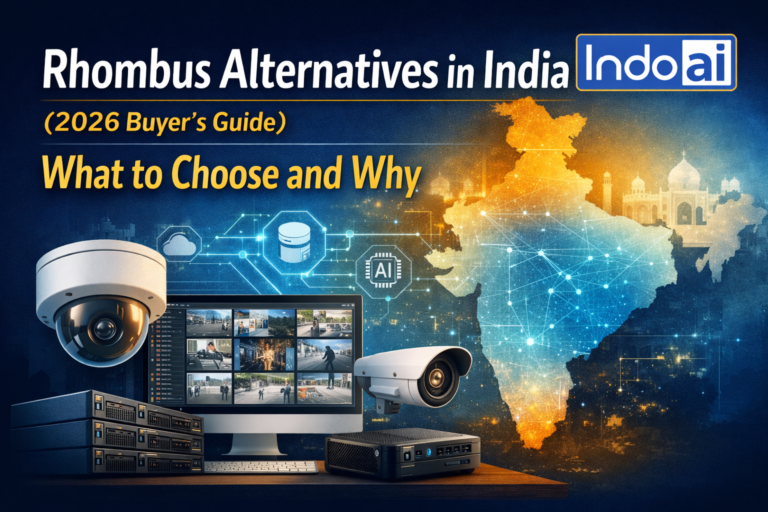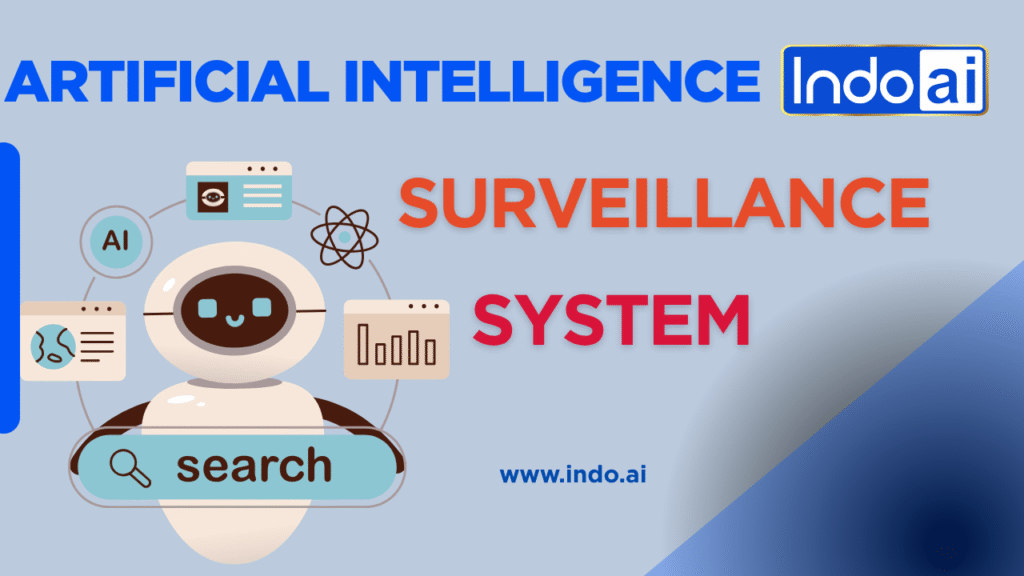
Introduction
As we move toward 2025, we can expect AI surveillance to transition from some niche applications to mission-critical applications. Today, organizations are using intelligent cameras to secure facilities, monitor and promote workflows, and provide actionable intelligence in real-time.
With the volume of data growing and compliance pressures tightening, AI surveillance systems must find a balance between performance, privacy and adaptability. This blog will detail and summarize some of the primary trends that will be shaping AI surveillance as we look to 2025. It will also illustrate how IndoAI has pioneered a new way of thinking with its edge-first, privacy-first innovations.
The Rise of Edge-First Architectures
Historically, cloud-based video analytics have had latency, bandwidth and privacy issues. By 2025, many AI-driven surveillance systems will process video on the camera/device itself. Reliability of video processing on devices enables modern surveillance cameras to embed optimized neural networks within compact hardware systems. These applications analyze the content of each frame quickly without a persistent cloud-based connection.
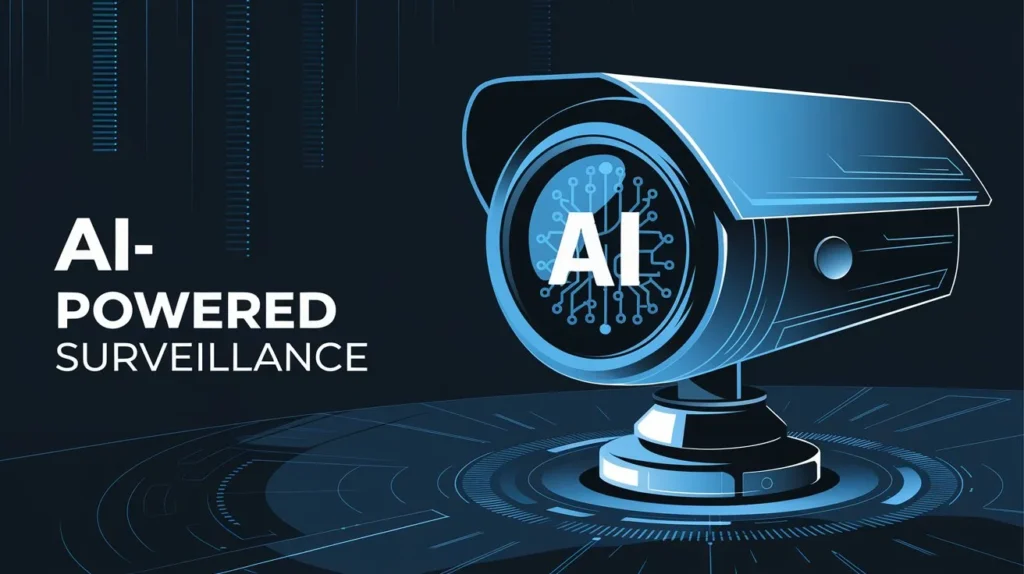
In most cases, this strategy reduces the overall network load by more than ninety percent and ensures alerting within a sub-second time frame. Data-sovereignty challenges are manageable using edge-first designs. AI-powered or AI-based systems unlock officer and productivity sectors’ ability to rapidly react and keep sensitive video and data local.
Breakthroughs in Deep-Learning Models
AI surveillance models now use lightweight architectures that balance speed and accuracy. Innovations such as depthwise separable convolutions and quantized weights enable real-time inference on constrained hardware. Transformer-based vision networks have improved object re-identification in low-light and crowded scenes.
Multi-modal fusion—combining video, thermal, and audio inputs—boosts detection robustness. By 2025, these advancements allow cameras to recognize subtle anomalies, from small equipment faults to early smoke patterns. The result is a new generation of AI surveillance systems that deliver precise, reliable monitoring at scale.
Technological Innovations Shaping AI Surveillance
Deep-Learning Architectures
Modern AI surveillance systems rely on optimized neural networks that balance accuracy with inference speed:
- Lightweight Convolutional Backbones: Techniques such as depthwise separable convolutions and quantized weights enable models to run at 30+ FPS on modest hardware.
- Transformer-Based Vision Models: Emerging attention-driven frameworks excel at capturing long-range dependencies, improving object re-identification in crowded or low-light scenarios.
- Multi-Modal Fusion: Integrating video with thermal, lidar, or audio streams enhances detection robustness—particularly in challenging environments like manufacturing plants or outdoor perimeters.
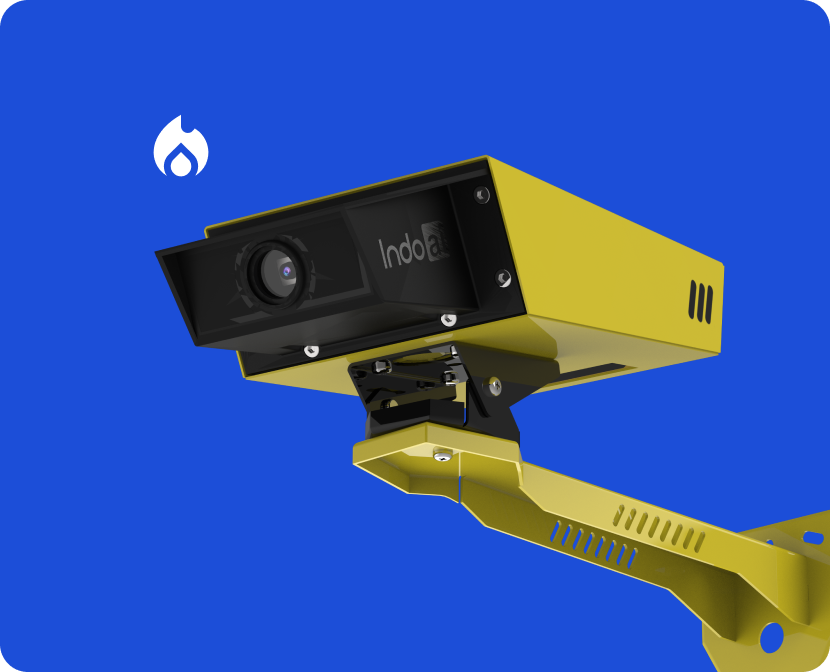
Edge–Cloud Hybrid Platforms
Pure-cloud deployments suffer from latency, bandwidth constraints, and privacy concerns. The hybrid approach reallocates tasks dynamically:
- On-Device Inference: AI models process routine events—such as perimeter breaches or PPE violations—locally, delivering alerts instantly.
- Selective Cloud Upload: Only metadata or flagged clips are transmitted, reducing network load by over 90 % compared to full-stream uploads.
- Centralized Analytics: Aggregating insights in the cloud enables cross-site trend analysis, historical reporting, and long-term machine-learning model retraining.
Containerized “Appization”
The ability to install, update, or remove AI capabilities like mobile apps has become standard:
- Vendors offer an App Store of pre-trained modules—face recognition, license-plate reading, fire-and-smoke detection—deployed with a single click.
- Third-party developers contribute specialized models, expanding the ecosystem and accelerating innovation.
Privacy-By-Design and Ethical Governance
As the use of surveillance cameras increases, concerns about privacy increase as well. To counter this, many of the leading vendors are embedding privacy-by-design into their platforms. Cameras now anonymize bystanders faces automatically, blurring their faces until there is a security trigger. In terms of chain of custody, every time footage is shared, metadata logs provide the user access details: who, when, and why.
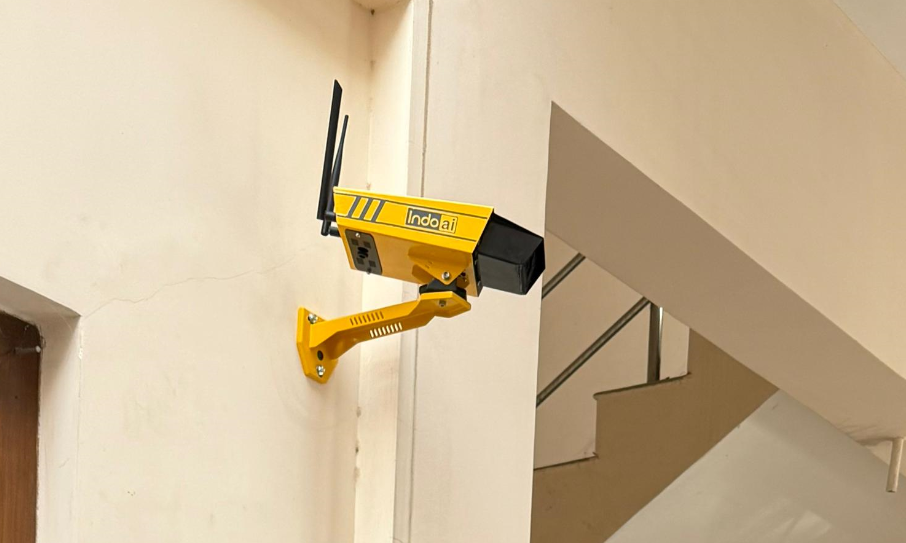
Organizations are doing algorithmic impact assessments to find bias and assess false-positive rates. There are clear data-use policies, and employees and visitors are given the chance to opt out. By incorporating these products and protocols, the organizations using AI surveillance have the potential to foster trust while adhering to laws, policies and regulations including the General Data Protection Regulation (GDPR) and India’s Personal Data Protection Bill.
Hybrid Edge-Cloud Deployments
Pure-cloud or pure-edge approaches each have limitations. By 2025, hybrid deployments strike the right balance. Routine analytics run on-device, while aggregated metadata feeds cloud dashboards. Only flagged clips transmit, conserving bandwidth. Central cloud services then provide cross-site reporting, trend analysis, and model retraining. This hybrid design unites the low-latency benefits of edge processing with the scale and flexibility of the cloud. IT teams can manage thousands of cameras from a single console, ensuring consistent updates and health monitoring.
Industry Applications Driving Adoption
Manufacturing and Heavy Industry
- Predictive Maintenance: Computer-vision models spot belt misalignments or seal leaks, triggering maintenance before failures occur.
- Safety Compliance: Cameras verify that workers don helmets, gloves, and other PPE, sending instant alerts on violations.
- Asset Tracking: AI tags and tracks high-value items moving through the production line, reducing shrinkage.
Retail and Hospitality
- Loss Prevention: Real-time detection of suspicious behaviors—such as loitering or repeated shelf interactions—enables staff interventions before theft.
- Customer Insights: Heat-map generation highlights popular store zones, informing layout optimization and marketing strategies.
Smart Cities and Transportation
- Public Safety: Crowd-density monitoring at mass-gathering events helps prevent stampedes and unauthorized area access.
- Traffic Management: Automatic incident detection—accidents, congestion, illegal parking—allows traffic-control centers to respond swiftly.
How IndoAI Leads With Edge-AI Excellence
IndoAI is setting itself apart in a crowded space with its focus on edge-first intelligence and user flexibility. IndoAI’s cameras can perform complex, on-device fire and smoke detection. IndoAI generates alerts (less than fifty milliseconds) regardless of connectivity status. When time is of the essence, IndoAI safeguards your facility with the fastest detection speeds in the industry. IndoAI has also developed the concept of “Appization” – a containerized approach that allows clients to add new detection models, like downloading a mobile app. The “one-click app store” allows clients to download modules for perimeter intrusion, PPE compliance, and warehouse forklift safety. IndoAI is the only company in its ecosystem that offers businesses real flexibility to adapt without new hardware.
Privacy is at the forefront of IndoAI’s design. All video processing is done locally, and only encrypted metadata or authorized clips are released from the device. Administrators manage permissions on a granular level with role-based access. There is full audit logging of user actions supporting full transparency. IndoAI also supports on-premise storage or local cloud hosting in areas with strict data-sovereignty laws. All of these features ultimately help organizations comply with GDPR, PDPA, and other laws.
Preparing for Future Innovations
Looking into the future, even more, tools will add to the AI-enhanced surveillance. Federated-learning frameworks will enable cameras to continue to refine shared models without sharing any raw video. Explainable-AI tools will provide human-readable justifications for each alert, increasing trust and auditability. Autonomous drones and robots controlled by the surveillance feed will allow for timely inspections of particularly risky areas. IndoAI is already testing many of these options through research collaboration and beta testing. Businesses that invest today will be positioned to take advantage of these tools, when they become available.
Conclusion
By 2025, AI surveillance has transcended its security-only roots to become a strategic tool for safety, efficiency, and operational intelligence. Edge-first architectures, hybrid deployments, and robust governance ensure real-time insights while protecting privacy. Industry leaders like IndoAI exemplify these trends with their rapid on-device inference, flexible Appization ecosystem, and iron-clad privacy safeguards. As organizations adopt AI surveillance, they unlock new levels of risk mitigation, process optimization, and customer engagement. Embracing these innovations now will define competitive advantage in the smart, connected enterprises of tomorrow.


